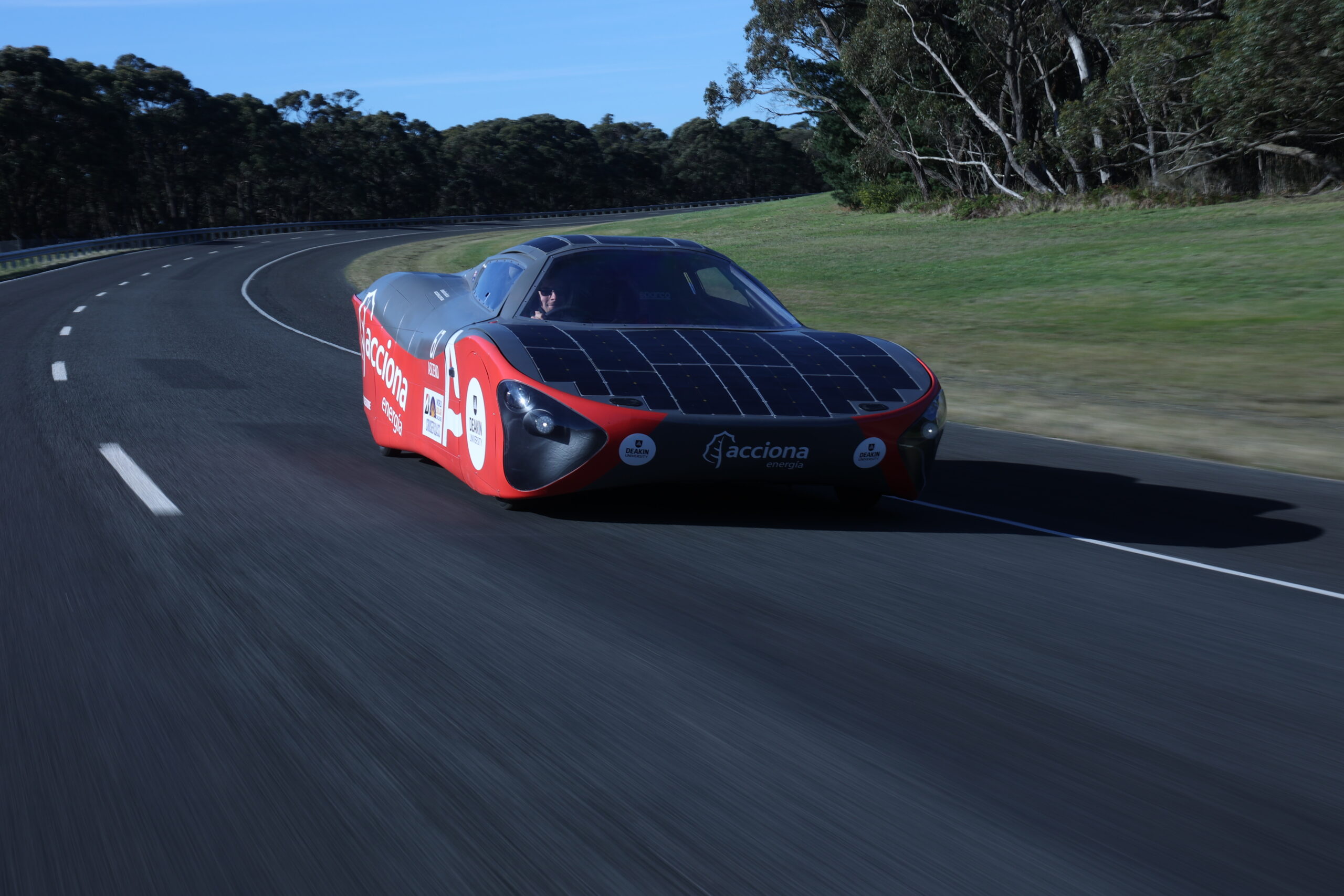
I feel like I have been pretty quiet this year, I have probably posted the least content in over 10 years but it hasn’t been caused by a lack of work.

Infact it’s the opposite, I was asked late last year (2022) to assist in a very rapid ground up Solar Car build and immediatly got to work making it happen.
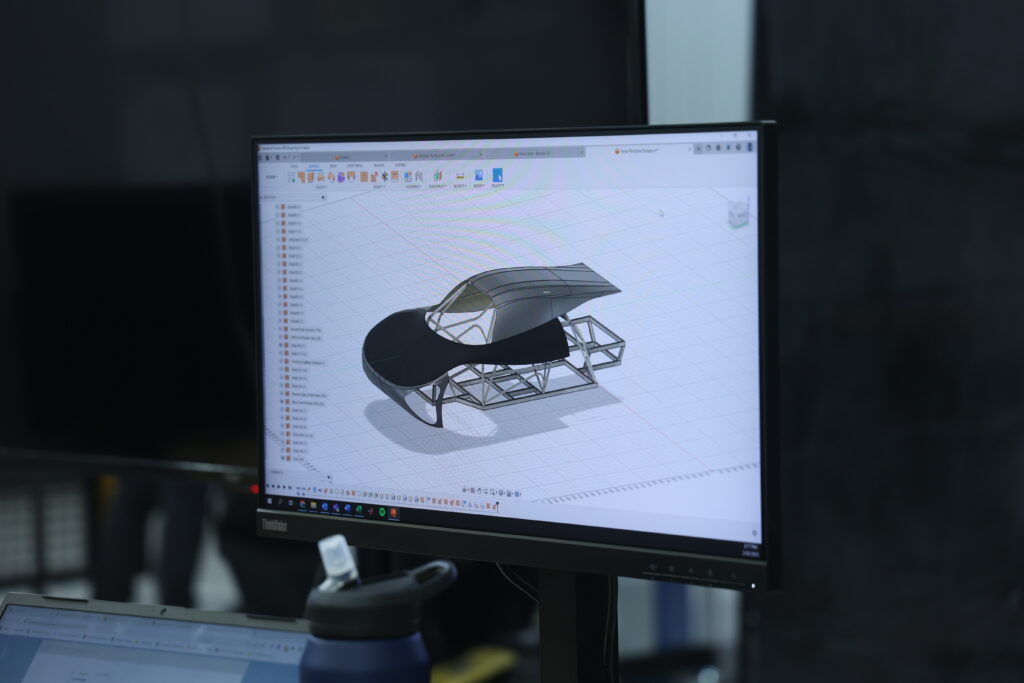
The goal was to construct a full tube chassis solar car with 3D printed body panels in less than 6 months.

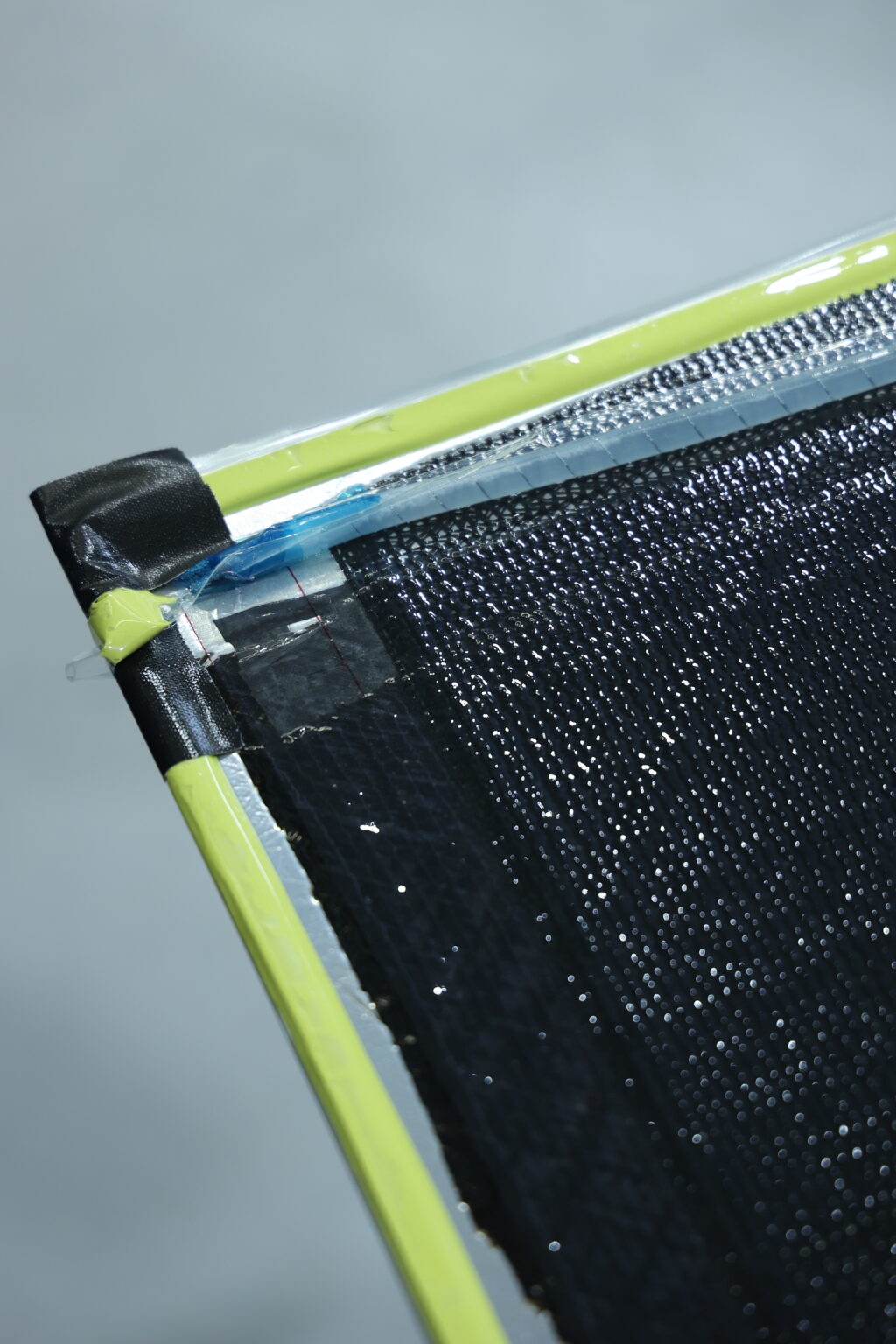

Knowing full well the extent of that task I put my head down and went to work everyday to make it happen.
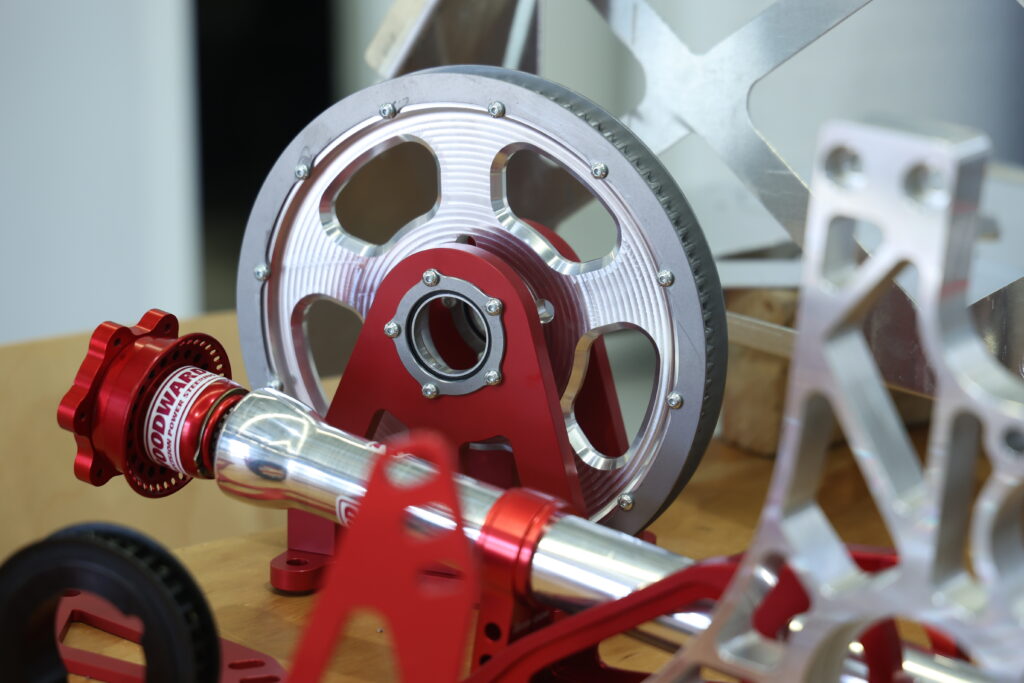

Luckily I had a great team of people around me and they made the process a really enjoyable one, I didn’t have much experience in delegating jobs but the timeframe meant it was a necessity and the team really did a lot of heavy lifting to make this car come to life.
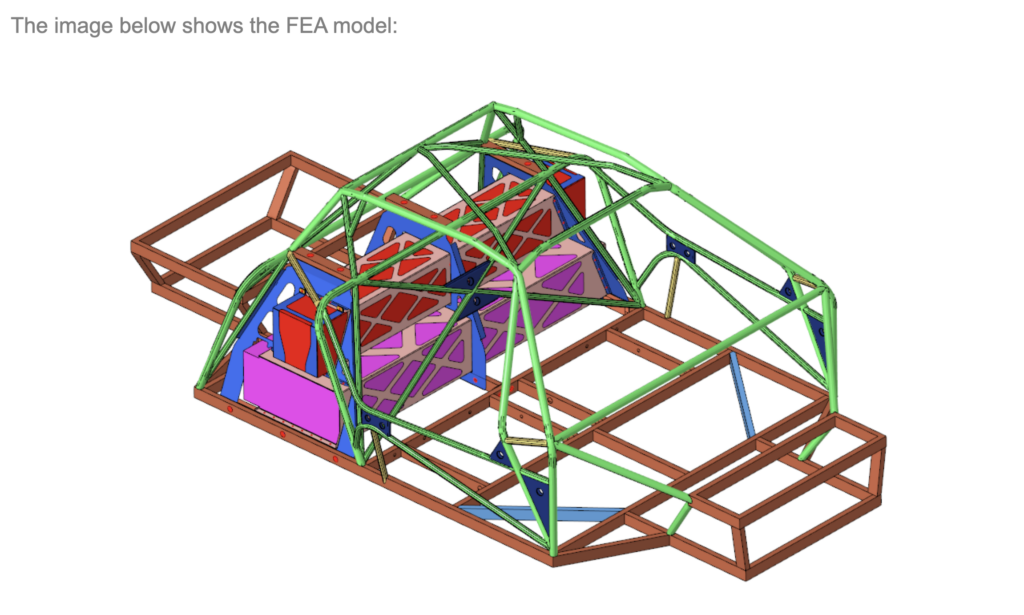
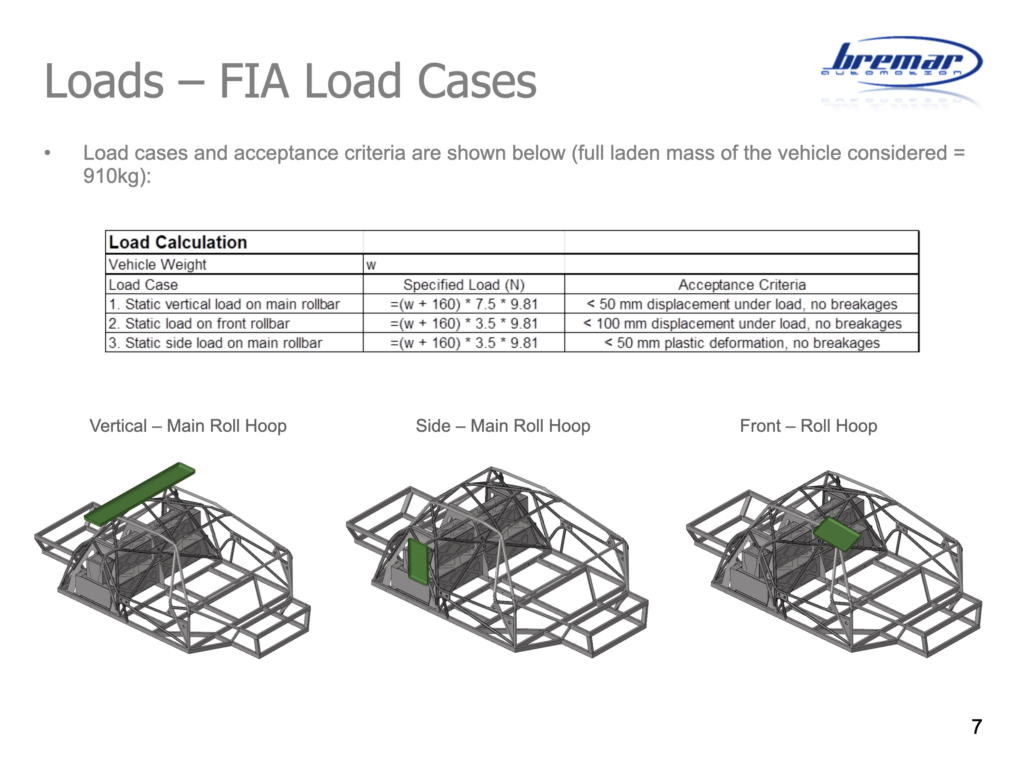
We worked with Bremar Engineering to validate our chassis design and put it through FEA to asses the cars strength and safety. These guys typically work on FIA validation so our chassis didn’t differ too much from their typical work.
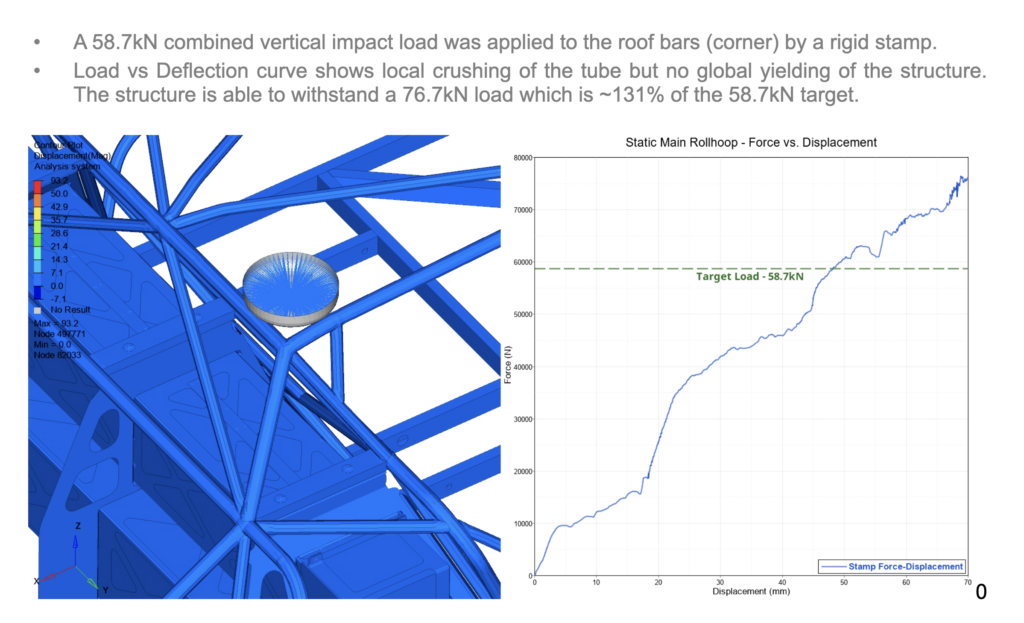
This car isn’t your typical FIA race car though, efficiency wins over everything else and a light chassis is an efficient chassis. We were able to lock in our design with Bremar and then change wall thickness and diameters to reduce weight whilst keeping strength.
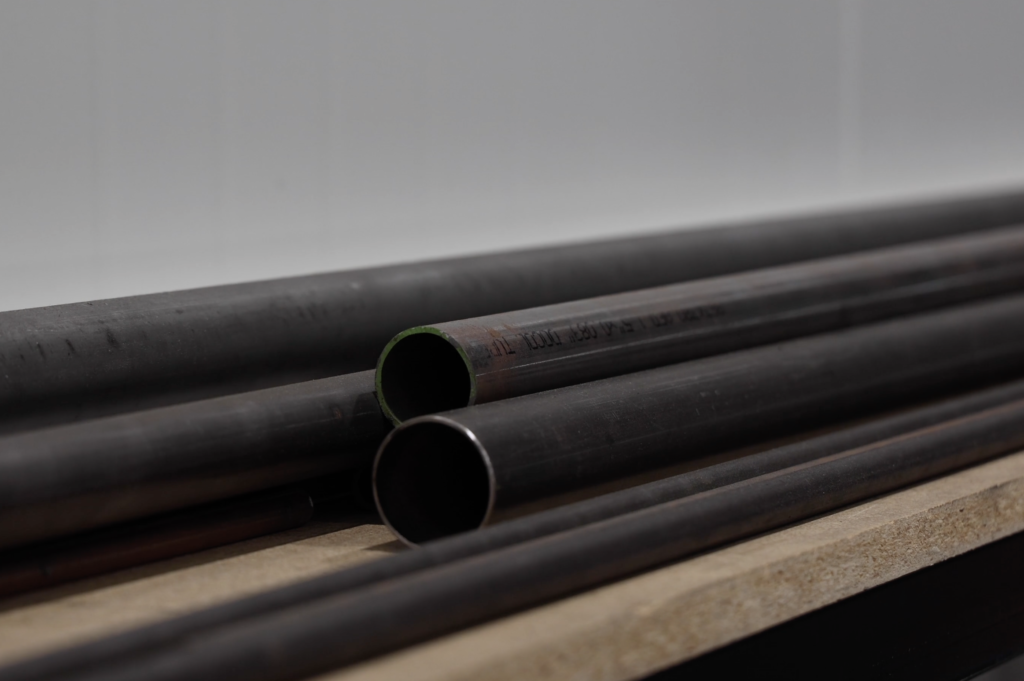
In the end we went with 1.5 inch 4130 Chromoly tubing in 1.24mm wall thickness, this material is light and extremely strong.
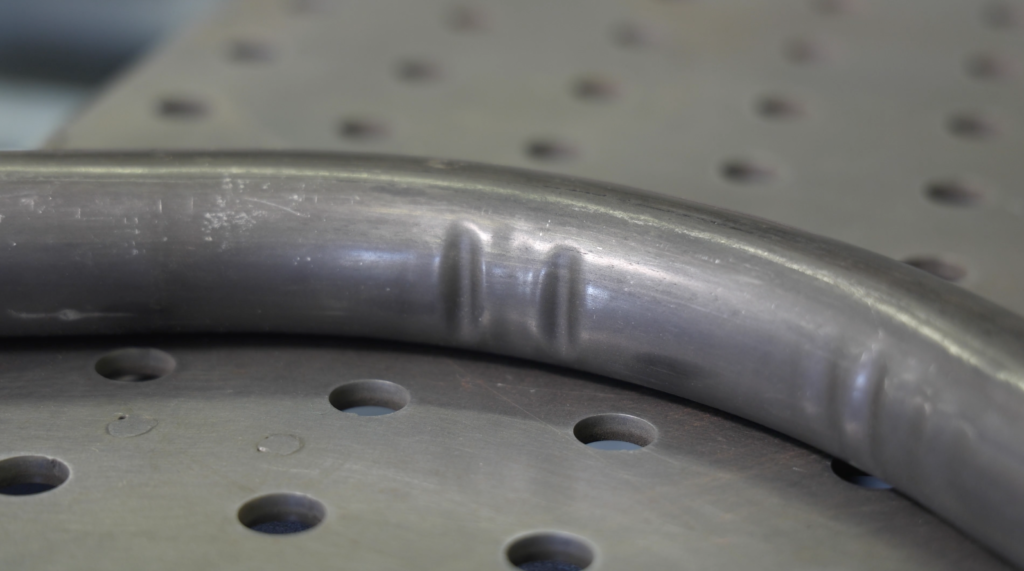
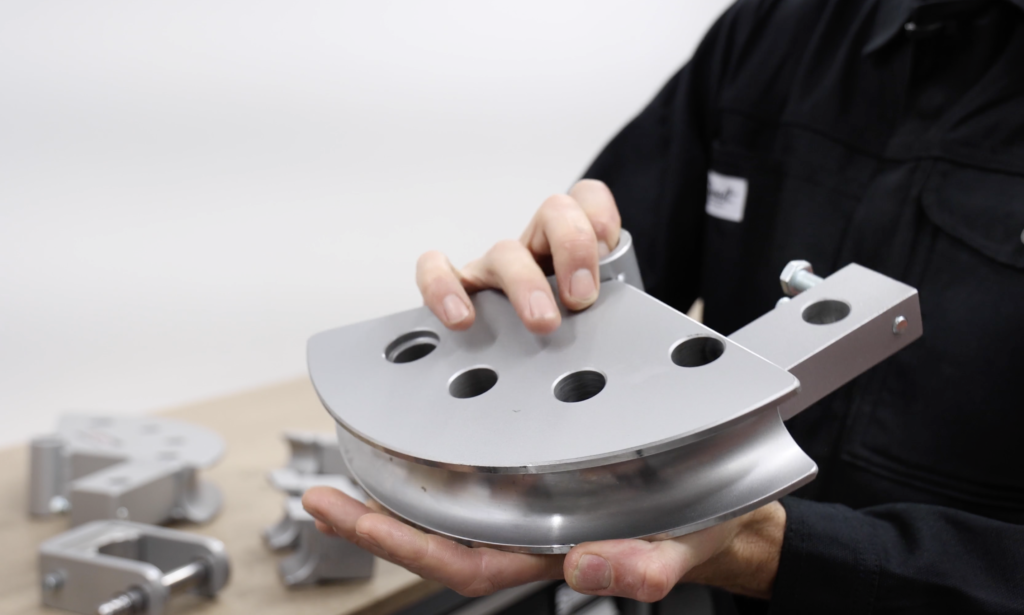
The downside to light and strong material is the difficulty attached to bending it, tubing like this bent in a traditional bender like this would just kink the tube and crush the outer wall. Through my recent Trinity MTB experience I was able to get our tube bent in a mandrel bender, this meant our CAD drawing was developed into a bending list and extra length was added to each end of the tube to allow for notching.


The finished chassis was TIG welded and weighed in at just 85kg.
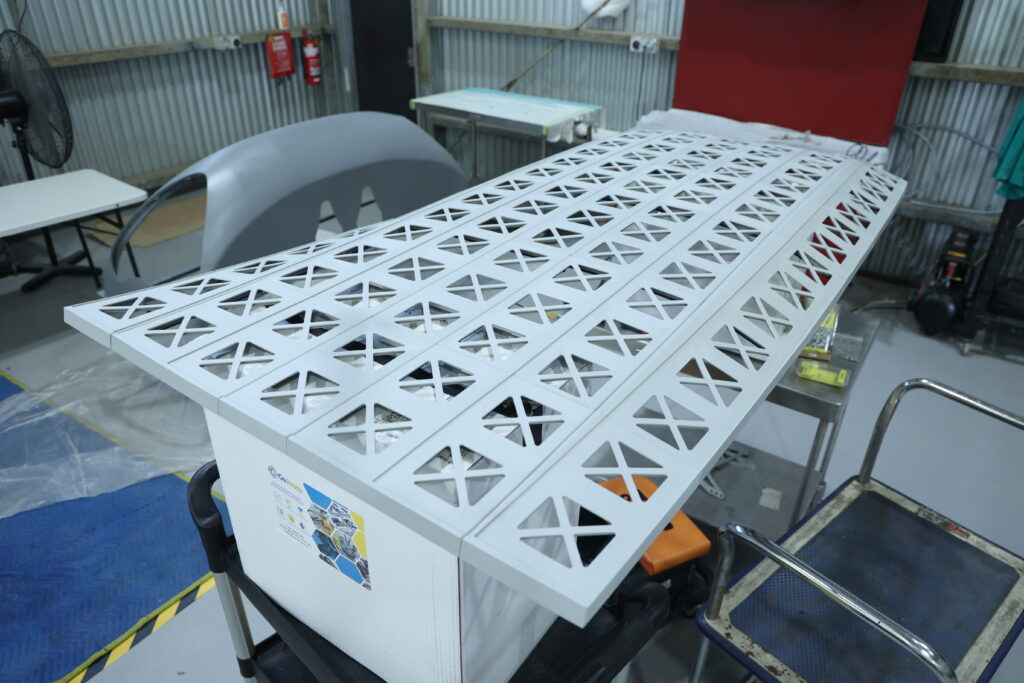
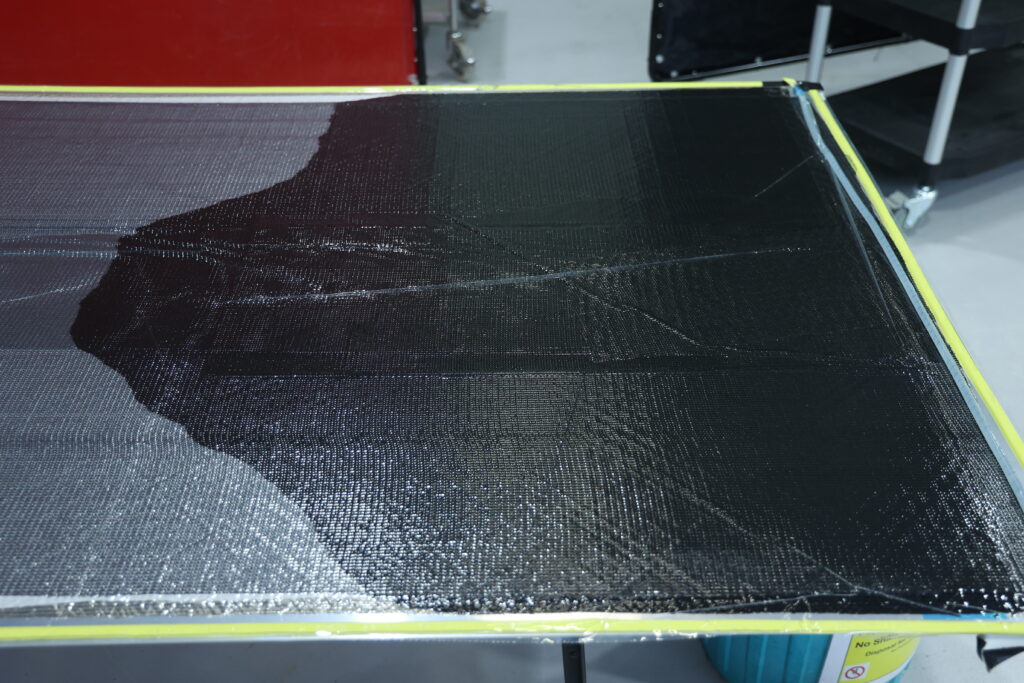
From here the team finalised all the body CAD and sent it off for printing, we had a number of printers running non stop for months to produce the body and it all connects together with stringers that we laid up from basalt fibre and had water jet cut.
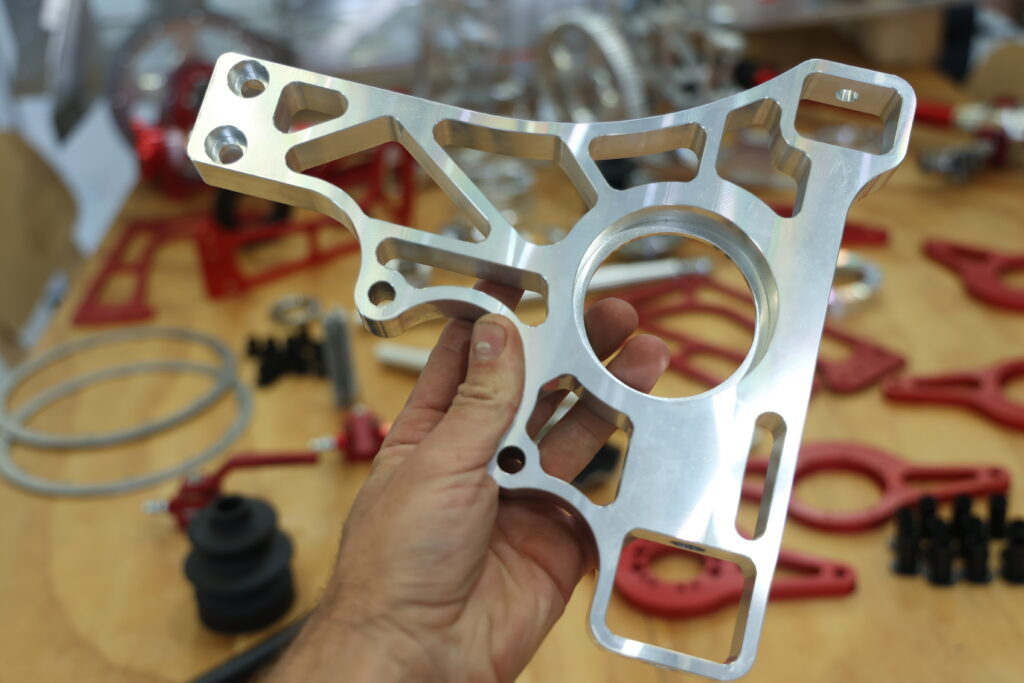
It’s insane what technology can allow us to do and being at the university opened up so many possibilities to us.
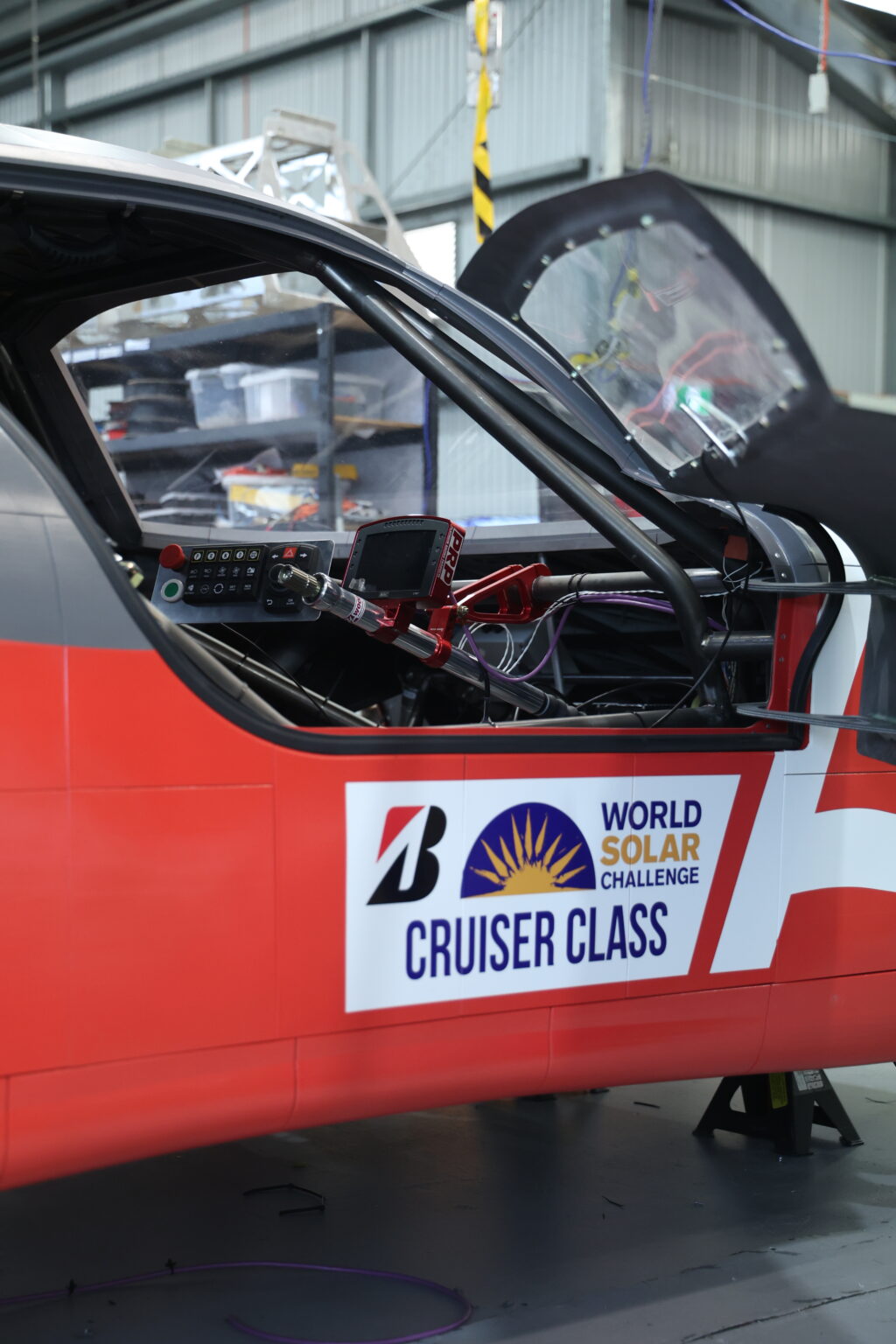
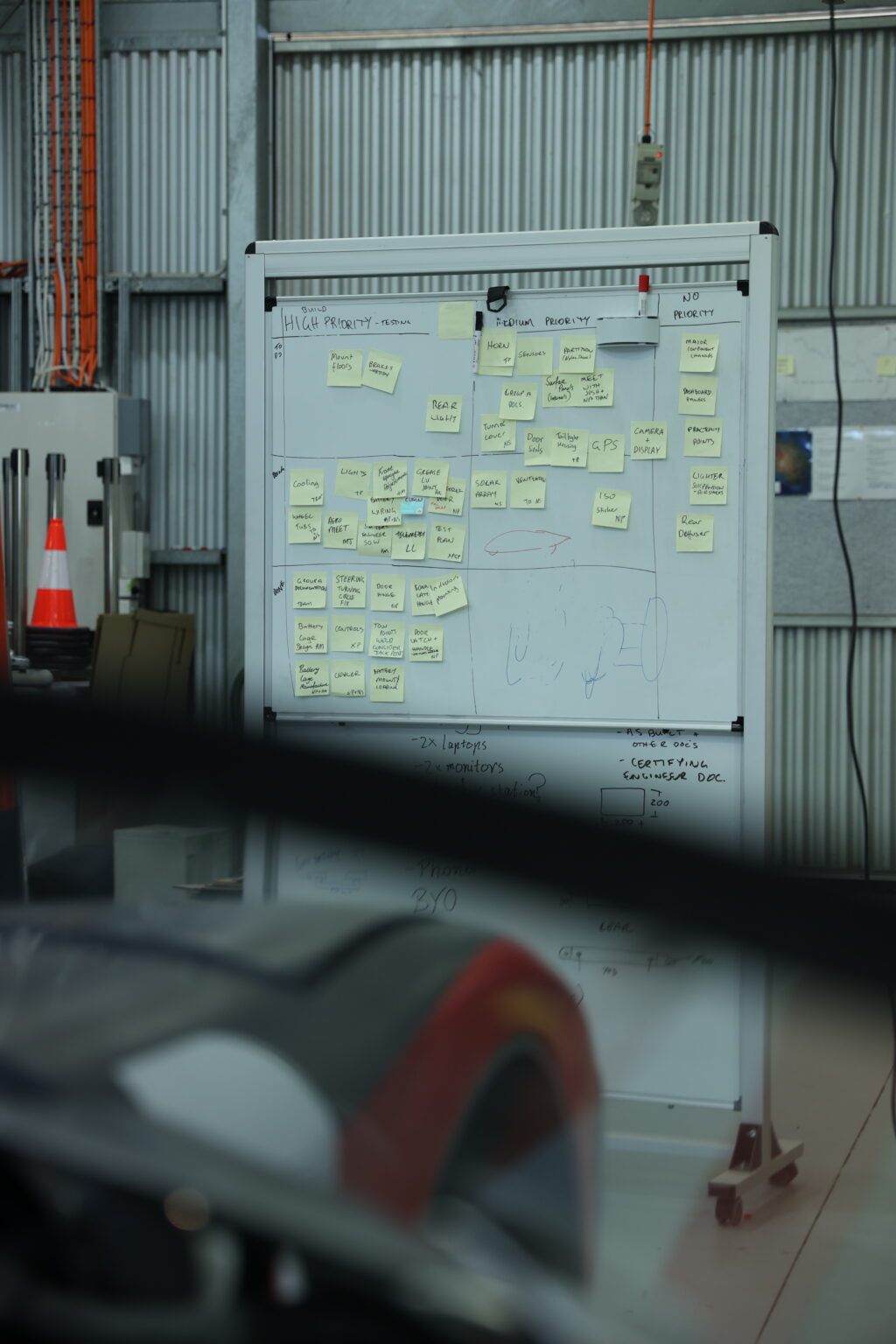
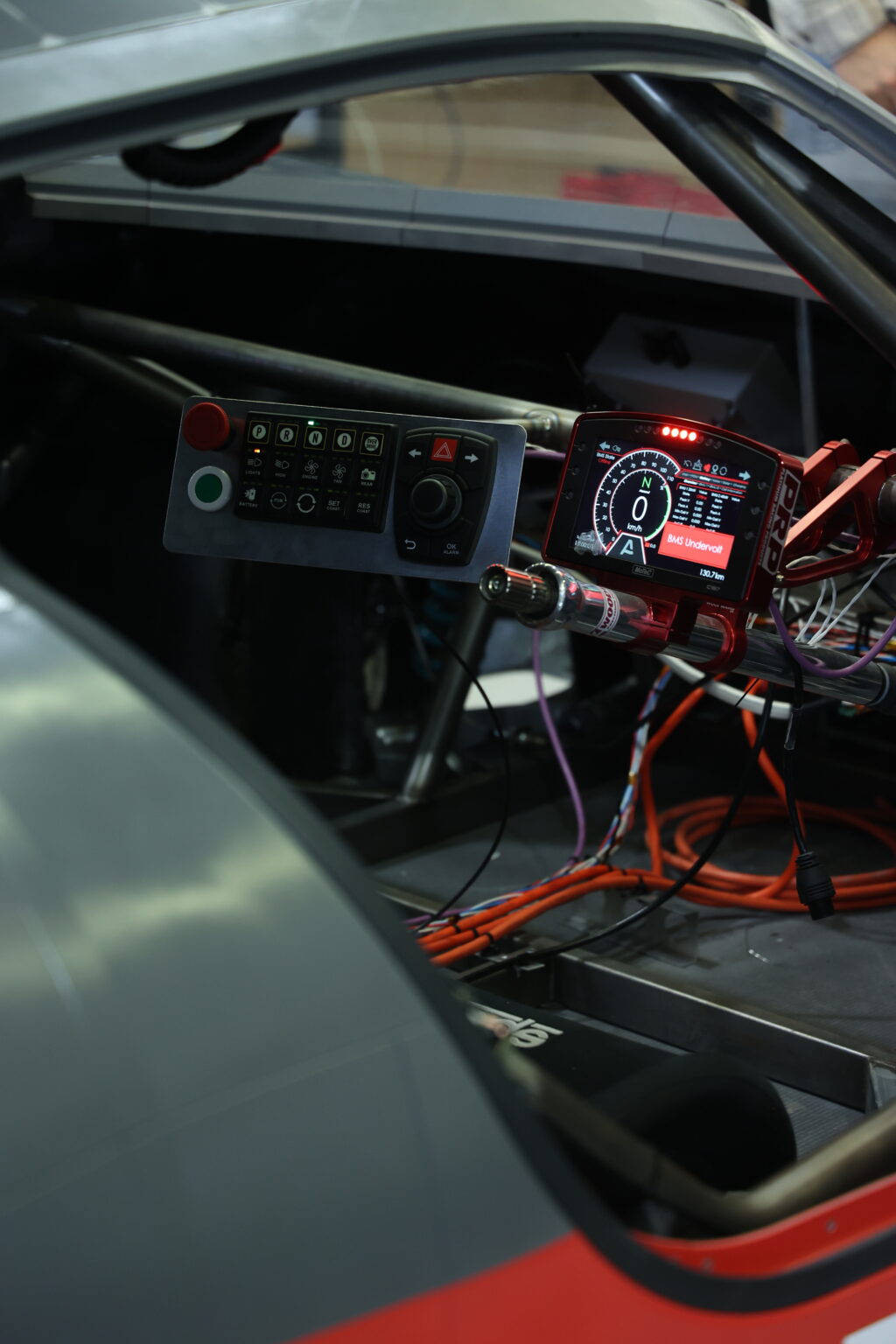
Once we painted the car and finished most things we were able to start testing.

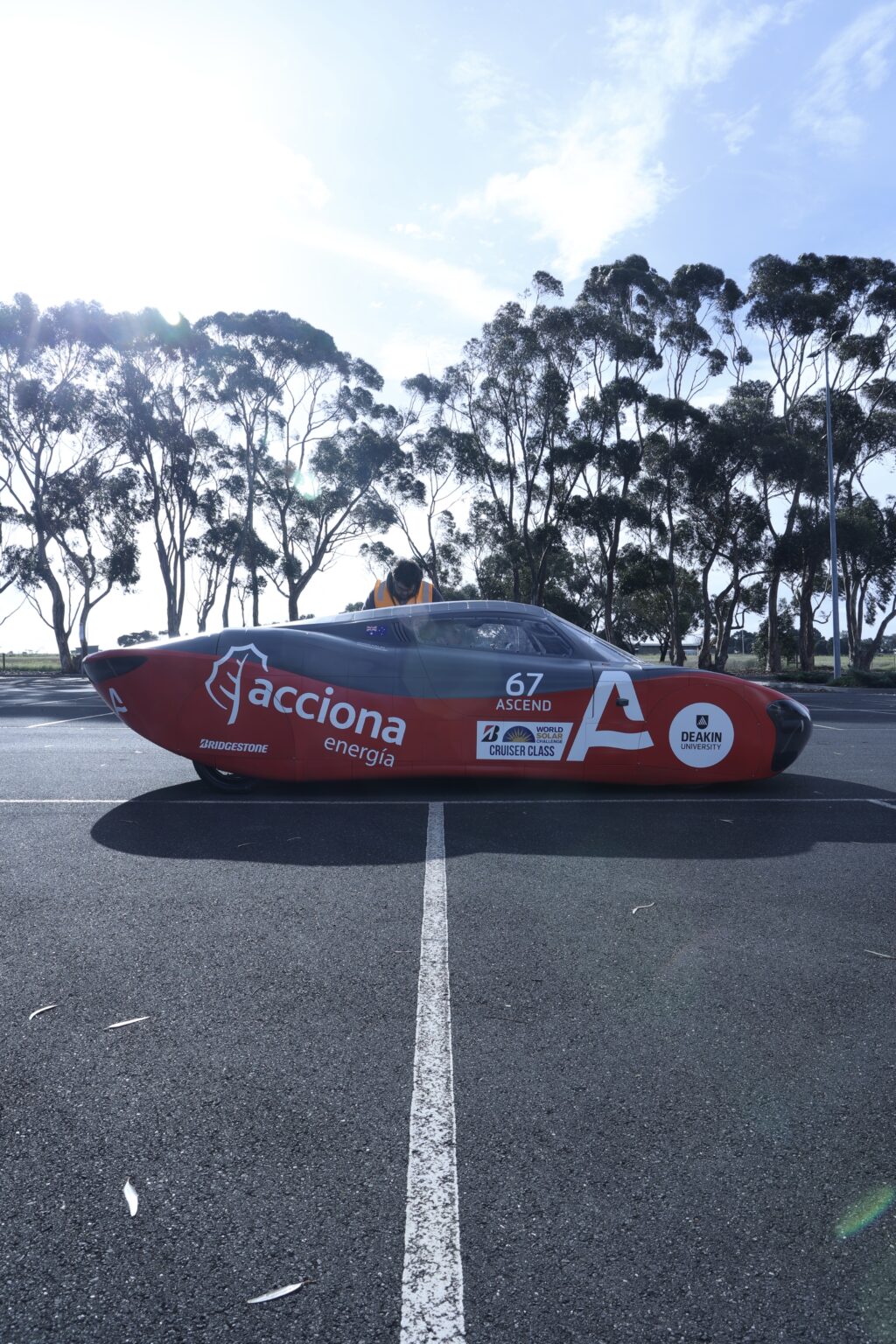
The driveline uses 2 EMRAX motors and a belt drive, electronically we have a Motec PDM and ECU controlling a 60kwh battery, 2 Prohelion Wave Sculptors and a telemetery system that allows us to get data direct from the car to an external source to monitor efficiency as we go.
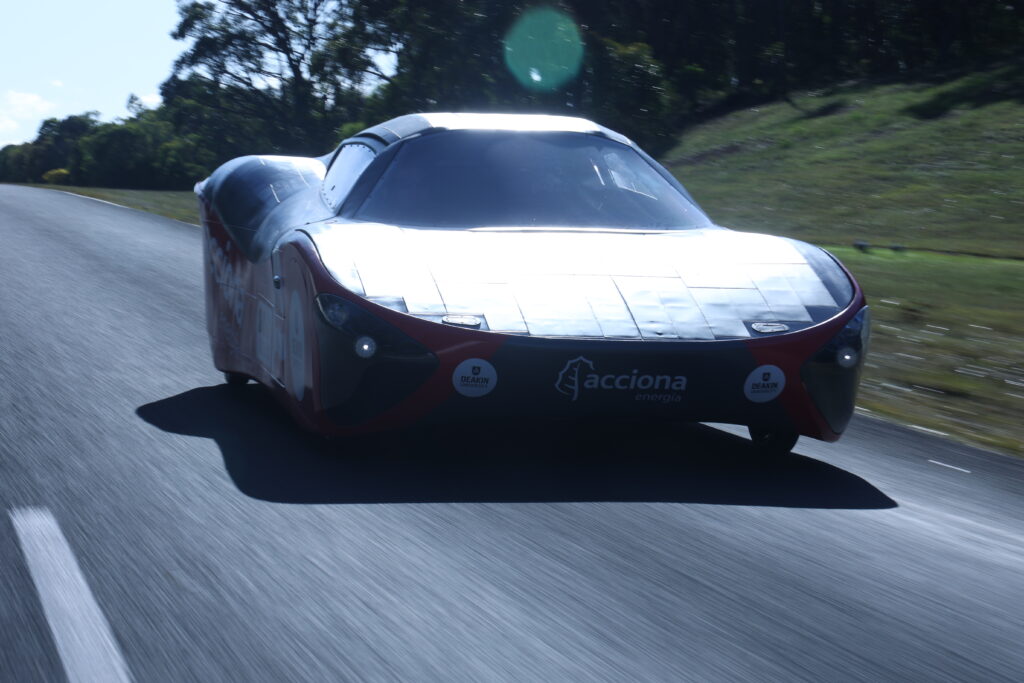
The race happens in October and it runs from Darwin down to Adelaide, its over 3,000km and we rely heavily on the sun charging the battery from the 5 square meters of panels incorporated into the 3D printed body.
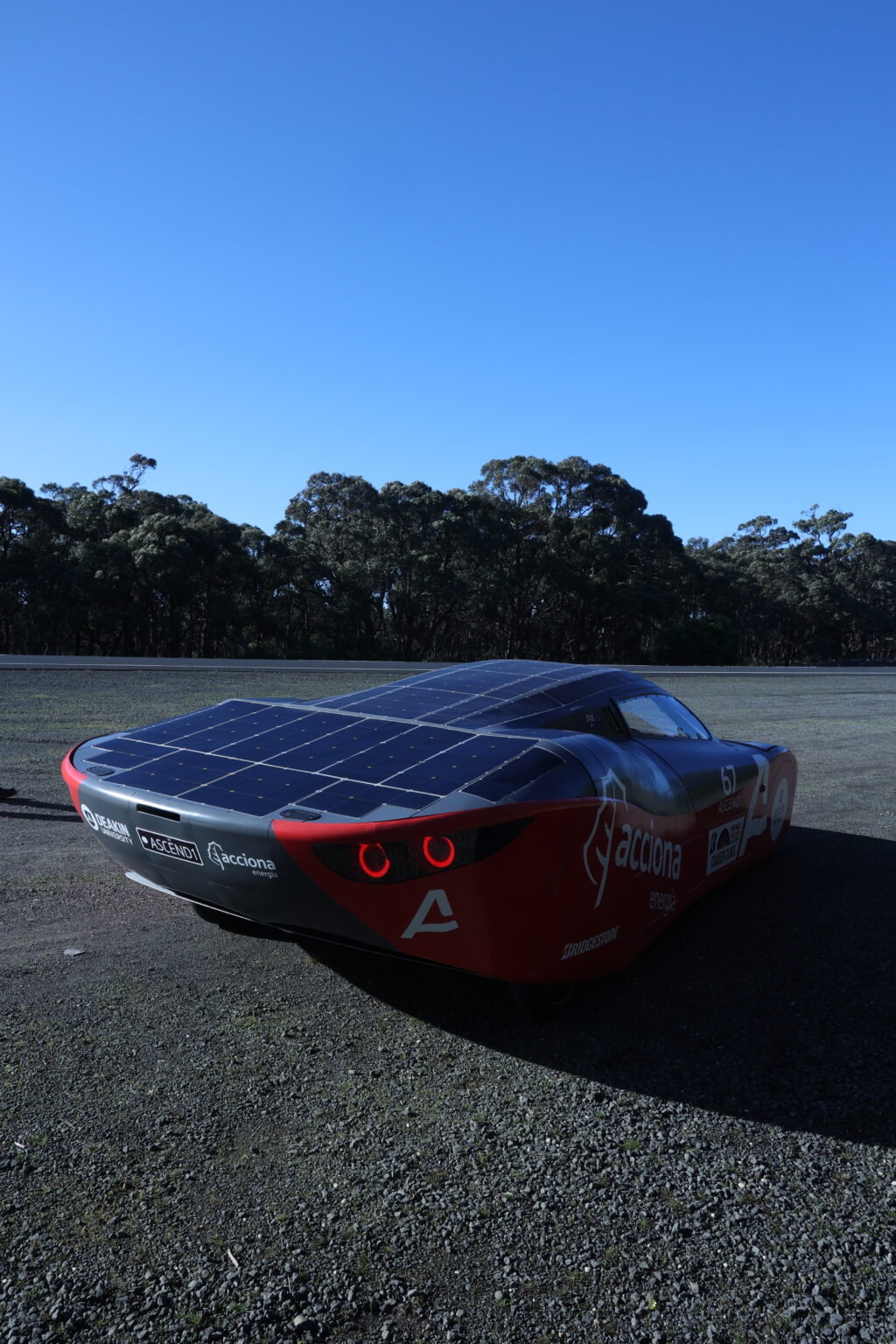
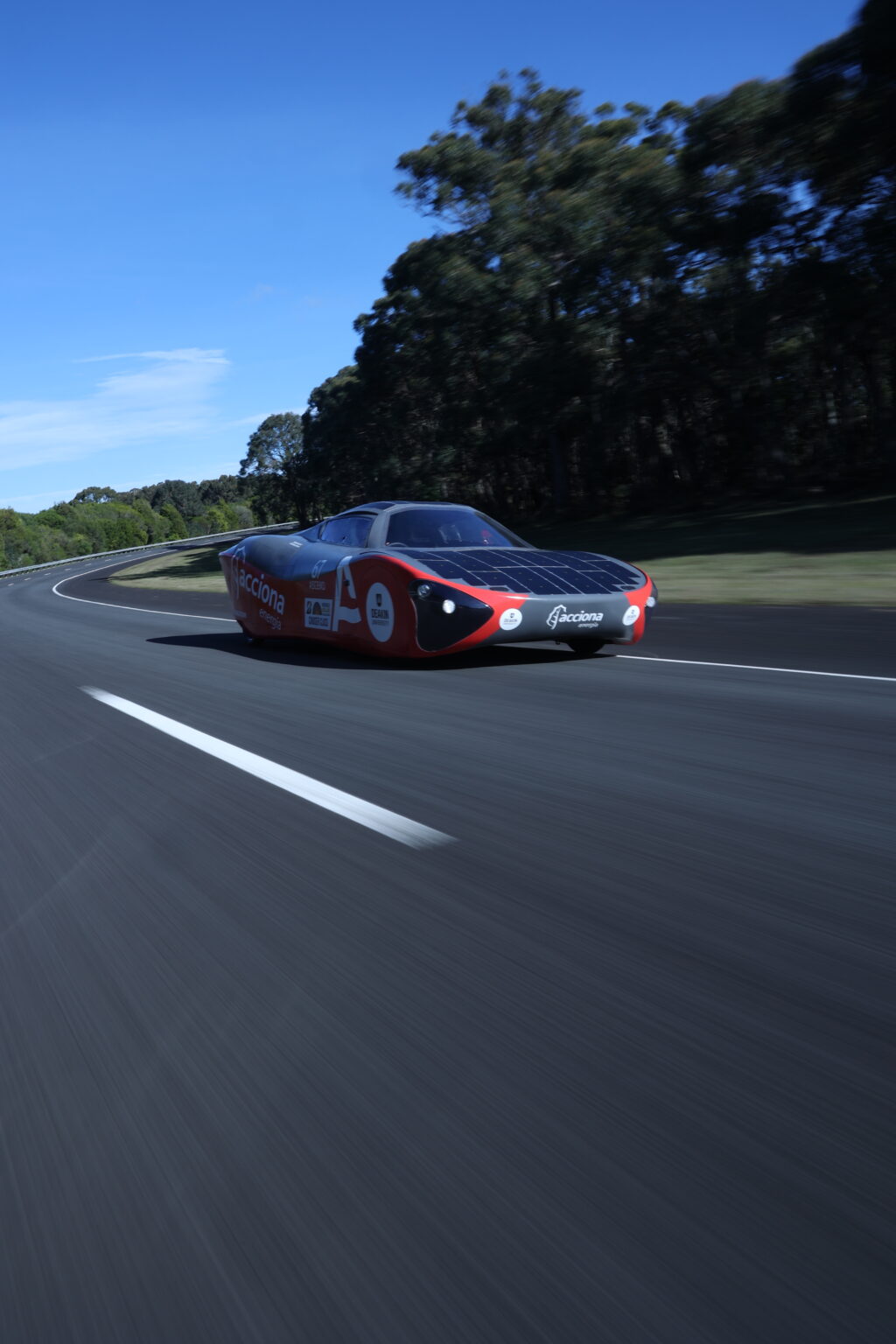
It’s been a really exciting project to be a part of, sure its not like the motorsport most of you are expecting but it’s taught me a lot of skills that I can incorporate into my own cars.
If you want to follow along on the journey of this car make sure you tune into the ASCEND Instagram and I will keep you up to date on how the car fares in both testing and the race.
Thanks for reading.

